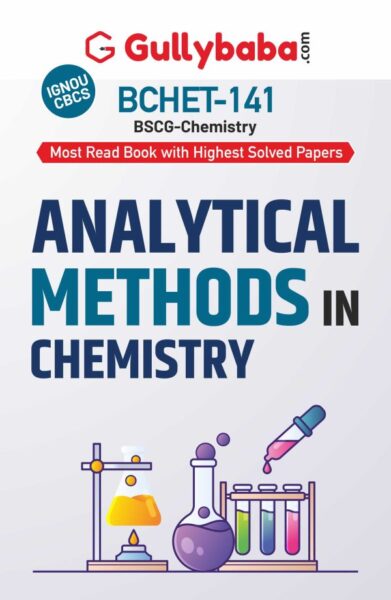-
Sale!
BCHET-141
Analytical Methods in Chemistry
Original price was: ₹200.00.₹100.00Current price is: ₹100.00.Bought by : 3211 StudentsIn Stock Only 0 left ! -
Sale!
BCHET-141
Analytical Methods in Chemistry
Bought by : 2549 StudentsIn Stock Only 0 left !





